The blog
A creative and inspirational blog written to help you create peace and harmony in your home.
Can your colour roof affect your electricity bills?
The Impact of Roof Colour on Your Electricity Bills
In the wake of the global pandemic recovery, a noticeable shift has occurred – a collective move towards conscious choices in living brighter, greener, and more economically. As the cost of living continues to rise, there’s a growing desire to explore alternatives that align with our values and alleviate financial burdens.
Have you ever considered whether the colour of your roof could affect how much you pay for electricity?
As energy costs continue to rise, many individuals are considering installing solar panels as a long-term solution to save energy. However, is this the only option available?
The landscape of contemporary housing design is undergoing a remarkable transformation, with the spotlight on the popularity of dark roofs grabbing the interest of designers, developers, and homeowners alike. But what exactly is propelling this change towards deeper shades? And how does this connect with the complex interplay of energy usage and the economics of our homes?
Welcome to a special place where we learn about caring for our planet, making intelligent choices in how we live, and creating nurturing homes. Here, we discover how these things all fit together. We explore how to make good choices, be kind to the Earth, and make our homes cozy and friendly.
So, let’s dive into this exciting subject!
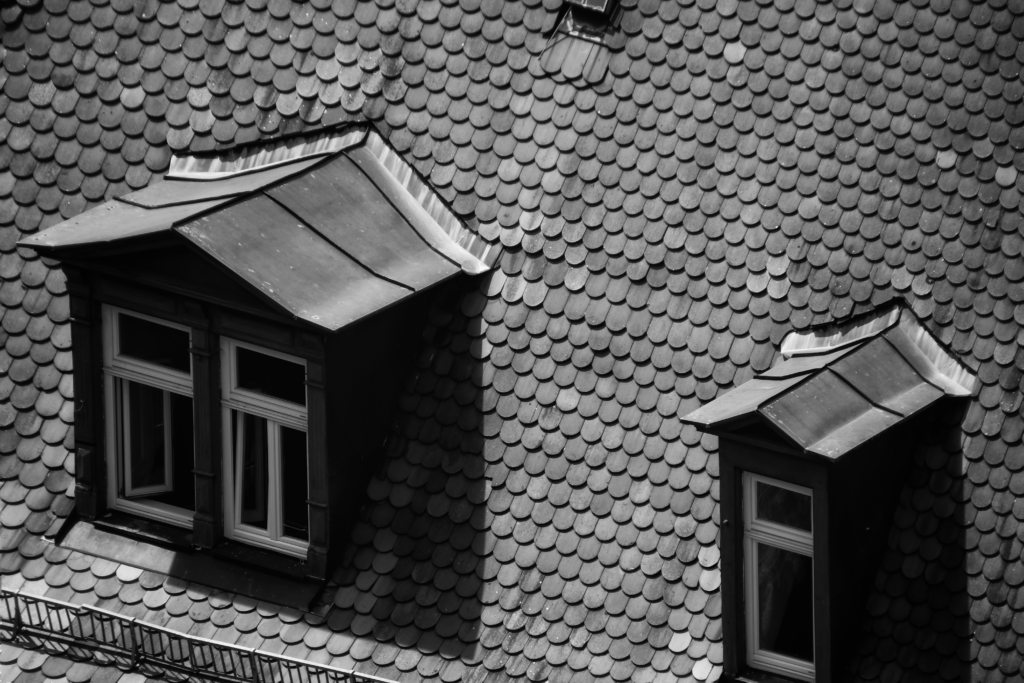
When did dark roofs become so popular?
The rising popularity of dark-coloured roofs has a rich history, particularly in regions with colder climates. People in these areas discovered the practical benefits of dark roofs many years ago. These roofs were typically constructed using local materials like thatch, which naturally darkened with age. What’s intriguing is that these dark roofs served a vital purpose. They acted like sponges for sunlight, soaking up its warmth and then radiating it into the interior spaces, keeping homes cozy during chilly seasons. This clever use of materials and the natural darkening process gave rise to a tradition that has endured through the ages.
Distinguished by their boldness, black roofs possess the power to command attention within a neighbourhood. Their inherent style seamlessly complements the lines of modern home designs, creating an aesthetically harmonious effect. The attraction of dark-coloured roofs is further enhanced by their ability to discreetly conceal imperfections like cracks, uneven surfaces, and misaligned tiles. Beyond their visual appeal, these roofs carry an intrinsic charm that resonates with potential home buyers. Nonetheless, it’s essential to acknowledge that alongside their advantages, dark roofs also bring forth disadvantages that impact not only homeowners but also the environment at large.
Dark roof Implications
In the cooler regions of Europe, architects have employed ingenious designs to tackle a common problem: how to keep homes warm and inviting during the coldest months. Their solution lies in the remarkable world of dark roofs, which serve as the unsung heroes of cozy living.
This concept is truly fascinating in its connection to the fundamental principles of physics. We’ve all heard that darker colours tend to absorb more heat, right? Well, think of your roof as a canvas for this natural heat absorption.
Now, here’s where it gets even more intriguing. Dark roofs don’t just soak up sunlight; they store this natural warmth. When the temperature outside drops, these roofs release the stored heat into your home, creating a comfortable and cozy environment when living in cold environments.
It’s truly fascinating to note that roofs are a common feature in over 90% of homes worldwide. When the sun beats down with all its might, studies have shown that the surface of a black roof can heat up significantly, sometimes by as much as 66 degrees in certain regions. This dramatic increase in temperature has several noteworthy effects on homes and their surroundings. It can lead to uncomfortably warm indoor spaces and contribute to increased energy consumption as cooling systems work overtime to combat the heat.
Consequences of Dark Roofs in hot areas:
According to research, this heat amplification can lead to various consequences in hot areas:
- More and more reliance on cooling systems leads to increased utility expenses.
- The high demand for electricity during peak times raises production costs and strains power grids.
- Reduced indoor comfort levels.
- The intensified “heat island effect” contributes to higher levels of air pollution.
- Roofing materials wear out more quickly, leading to heightened maintenance expenses and an influx of discarded roofing materials sent to landfills.
As we’ve revealed, dark roofs can amplify the need for air conditioning.
Understanding Urban Heat Islands and How Dark Roofs Contribute to make our cities warmer.
Imagine an active city where buildings, roads, and concrete seem to soak up the sun’s warmth like a sponge. This is what we call the Urban Heat Island effect. It’s like a cozy pocket of heat that forms in cities, making them warmer than the surrounding areas. Now, let’s talk about how dark roofs fit into this picture.
Dark roofs, with their ability to absorb more sun heat, can worsen the Urban Heat Island effect. Think of them as little heat magnets. Many buildings with dark roofs absorb all that sunshine, making the city hotter. This extra heat can have all sorts of effects, from making us sweat more to increasing energy use for air conditioning.
So, while dark roofs might be great in cooler places, they can make the heat even more intense in cities, especially in a hot climate.
Have you heard about cool roofs?
A cool roof is ingeniously crafted to reflect sunlight more effectively than a regular roof, which absorbs less solar energy. This thoughtful design choice directly impacts lowering the building’s temperature – consider it like putting on light-coloured clothes to stay cool on a sunny day. Unlike conventional roofs that can heat up during a hot afternoon, a reflective roof maintains a significantly cooler temperature by more than 28°C in similar hot days.
The benefits are double: not only does this characteristic save energy and money in air-conditioned buildings, but it also elevates comfort and safety in non-air-conditioned spaces.
How does it work?
Cool roofs are good because they help keep our homes from getting too hot. One of their best tricks is that they’re really good at letting go of heat using something called “thermal infrared” radiation. So, they don’t let all that heat from the roof sneak into our living spaces.
Cool roofs are great for all kinds of buildings, but it’s essential to think about the weather where you live and other things before putting one in
Furthermore, a cool roof system represents a brilliant roofing strategy for buildings. It excels in two crucial aspects: reflectance and thermal emittance. Reflectance is all about how well it bounces back the sun’s rays, including visible light, infrared, and ultraviolet wavelengths, thus reducing heat absorption.
On the other hand, thermal emittance describes its ability to release absorbed solar energy effectively. What makes this concept even more remarkable is its potential as a geo-engineering technique to combat global warming.
Further benefits:
- Decreased building heat gain, with a white reflective roof typically only increasing around 10-25 degrees F above the ambient temperature during the day.
- Savings on summertime air conditioning expenses.
- Enhanced longevity for the roof membrane and the building’s cooling equipment.
- Improved insulation thermal efficiency – as temperatures rise, the roof’s insulation’s thermal conductivity also increases.
- Reduced electricity demand, potentially up to 10%.
- Diminished air pollution and greenhouse gas emissions.
- Energy savings, even in colder climates.
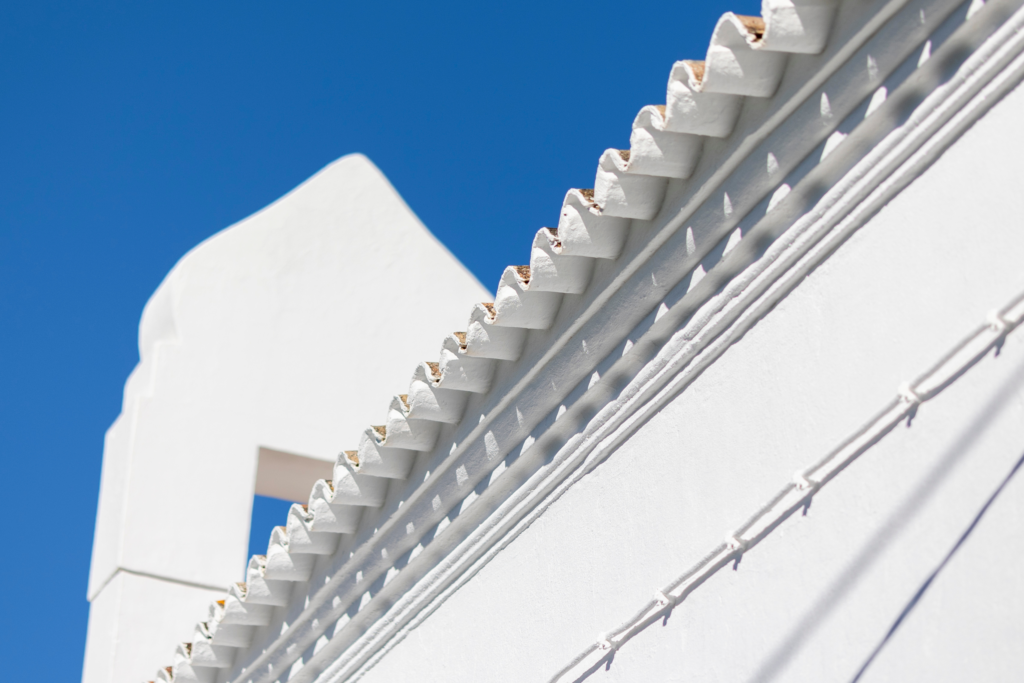
A recent study conducted by a research team at UNSW Sydney has brought remarkable insights into adopting cool roof technology in major Australian cities. The team’s thorough technological and cost-benefit analyses have revealed that the widespread integration of cool roofs would produce various benefits. These encompass reduced energy expenses, lowered indoor temperatures, diminished urban heat, and enhanced well-being for vulnerable communities.
The brilliance of cool roofs lies in their ability to reflect more sunlight than they absorb. This unique feature keeps them comfortably cool even when exposed to sunlight. Notably, these comprehensive cost-benefit analyses arrived just a month after Anthony Roberts, the new NSW Planning Minister, decided to reverse a prior policy commitment that aimed to phase out dark roofs.
This earlier policy could significantly curb urban heating and energy costs of new homes. This new study underscores the immense potential that cool roofs hold for reshaping urban landscapes and improving the quality of life for residents.
When the time comes to replace your roof or embark on a renovation project, it’s worth considering involving your design team to craft an energy-efficient roof and building envelope. This strategic choice can lead to long-term energy savings that make a significant difference.
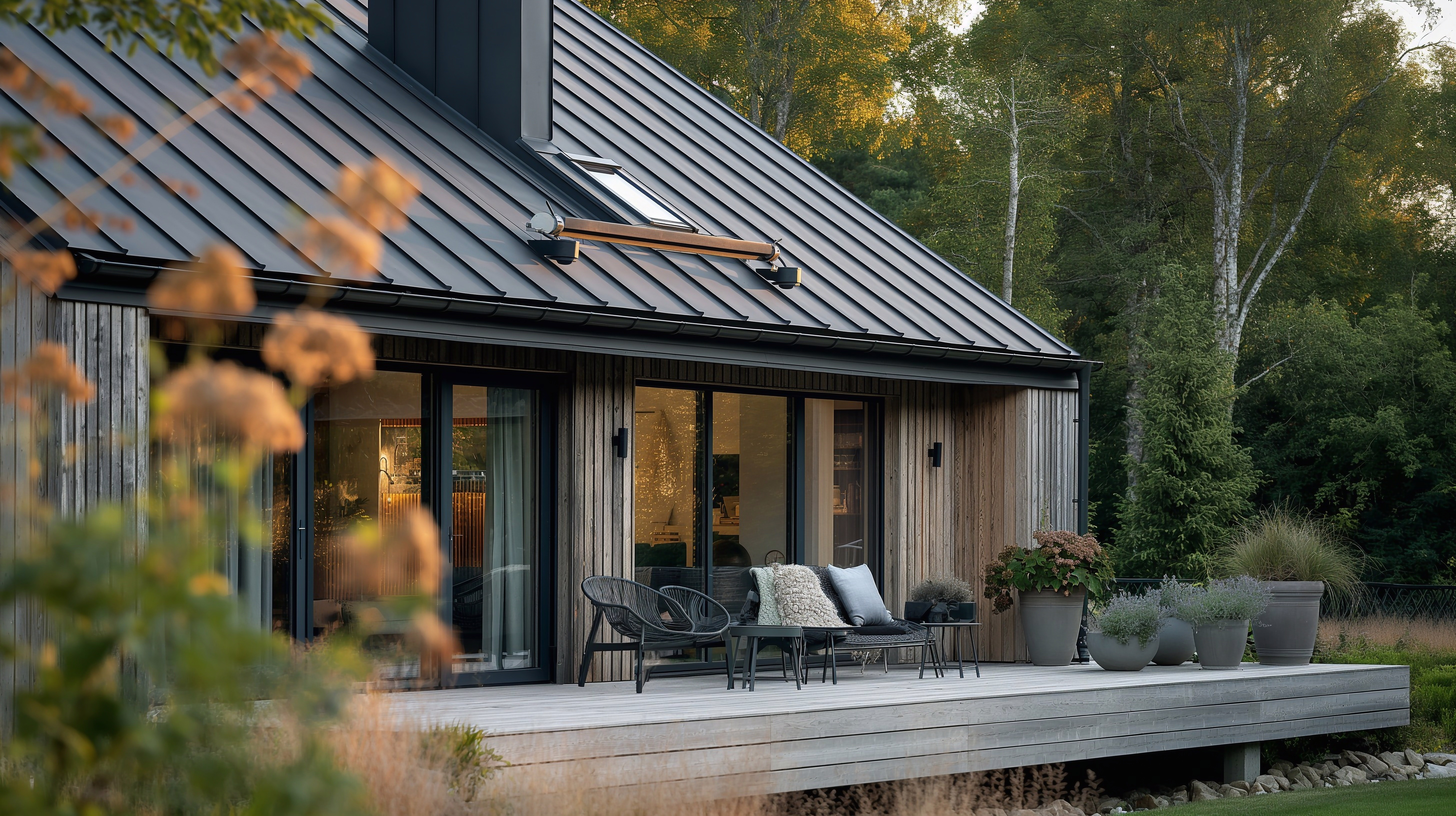

Imagine waking up in a home that instantly soothes your senses—the soft sound of water trickling, fresh air flowing through open windows, and lush green plants filtering the morning light. This isn’t just a dream. It’s the power of biophilic design, a concept that taps into our deep-rooted love of nature to create spaces that […]
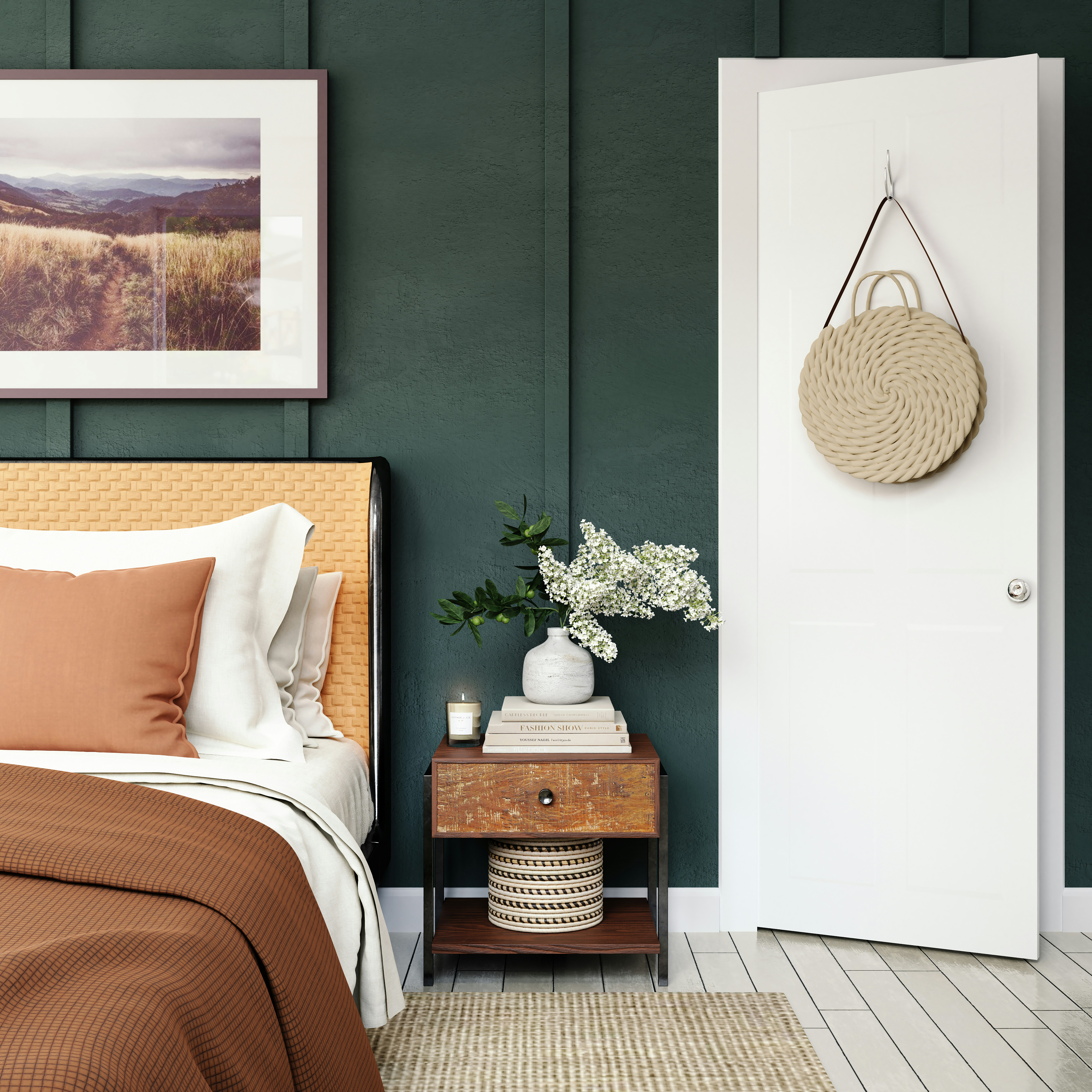
“Your bedroom is more than just a place to rest; it’s your sanctuary—a space for relaxation, connection, and comfort. By incorporating natural fabrics and wood, you can transform your bedroom into a luxurious retreat that feels inviting and supports your well-being.” Why Your Bedroom Deserves Special Attention The master bedroom often gets overlooked in home […]
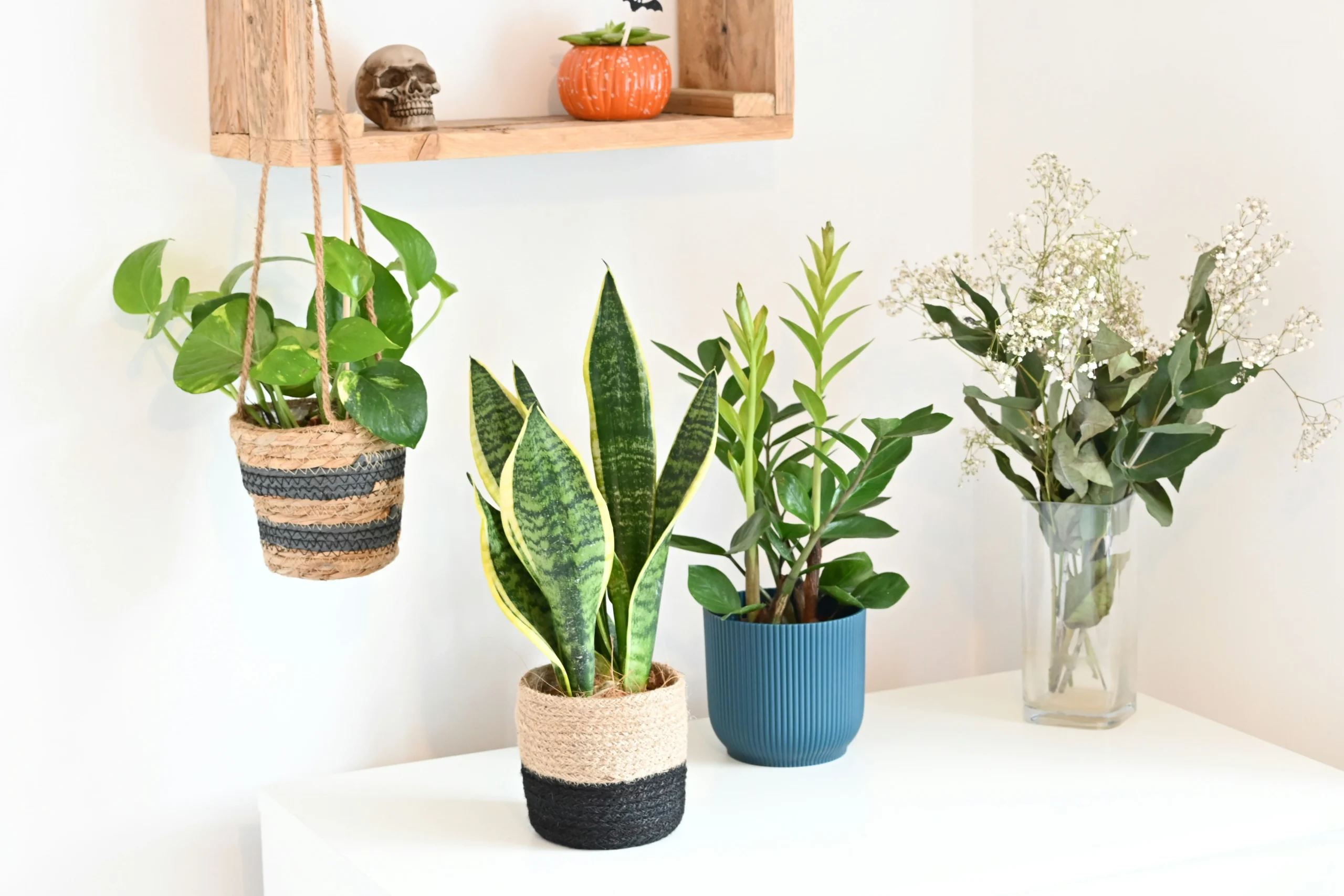
“Did you know that adding just a single pot of greenery to your living space can improve your air quality and even your mental health?” I didn’t. For years, I wasn’t much of a plant person. I didn’t get the appeal of keeping plants indoors, let alone spending hours picking the “right kind of plant.” […]

More than ten years ago, I found myself standing in the cleaning aisle of a supermarket, holding a brightly coloured bottle of a product I’d used countless times before. I’d never given much thought to the ingredients—after all, if it was on the shelf, it had to be safe, right? But that day, something was […]